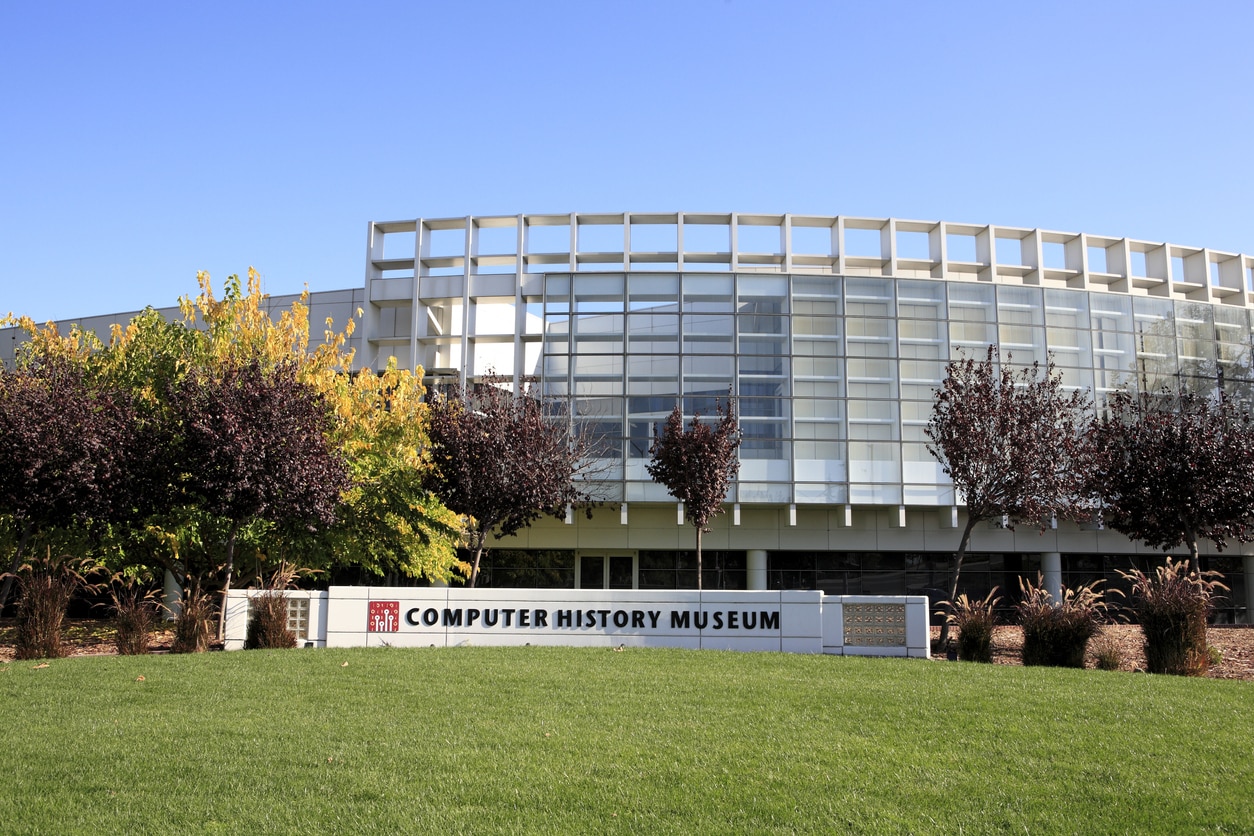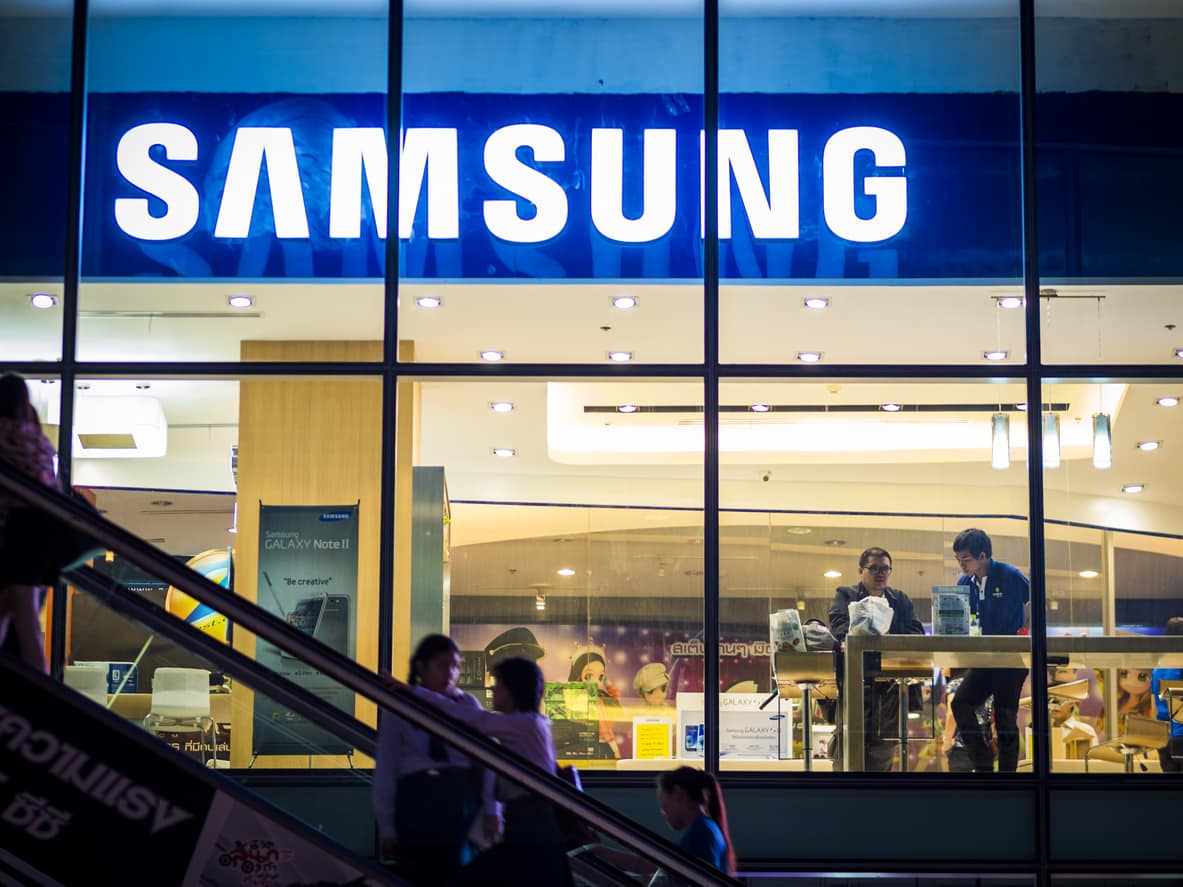- Problem Statement: Know the reason why Computer History Museum wants to use Design Thinking Process
- Solution
- Result: How Design Thinking Steps Helped the Museum
Museums tell a story of how the world has grown. However, with the emergence of digital technology over the past few decades, museums face many challenges to deepen diversity amongst the audience and workforce. They no longer hold the reputation of being a source to deliver knowledge as information; they are now shifting to visitor-centered paradigms. To face all the challenges in the present world, museums are embracing Design Thinking.
Are you wondering how they are doing it? The Computer History Museum (CHM), a famous museum in Silicon Valley, embraced design thinking steps to build a new education center. Read on and know more about it.

Problem Statement
Computer History Museum (CHM), situated in Silicon Valley, holds the reputation of being the leading institution in the world that explores computer history and its impact on society. In the fall of 2017, they were expected to launch a new 3000-square-feet teaching space to exemplify their educational strength. The new education center would present many opportunities for them, engage a new audience, facilitate closer examination and experiment, and prototype the exhibition. To plan and manage this new initiative, the museum hired a team of Design Thinkers.
Solution
The leadership team at Computer History Museum (CHM) understood the need for internal and external stakeholders’ inputs. At an initial level of the Design Thinking process only, CHM recognized that observing multiple users’ relationships and earning their buy-in was critical in creating a space that would meet the needs of the very diverse communities. Museum leaders even acknowledged that they need to resolve the concerns and expectations of the staff.
First Meeting with the Staff
The Design Thinking team held meetings, right from the starting of the project, with the education staff to the vision of the new space. They got many diverse suggestions, and the staff was excited to get involved. However, the Design Thinking team was concerned that once this input process extends to other staff members and community groups, their ability to manage the project while assessing feedback and some of their own could be challenging.
They realized that to maximize stakeholder engagement, a certain level of design and process expertise would be required. During many meetings, the Design thinking teams helped stakeholders envision impossible turning possible and imagine something new. After hearing many opinions, the team wanted the museum staff to get a better understanding of how to balance the complex components that mattered to each of them in different ways.
Applying Design Thinking
In October 2016, the design thinking team got in touch with the 23 CHM staff (from different functions). They introduced them to the user-centered design process to understand the issues and expectations of the other museum staff members. During the meeting, staff members were asked the following questions:
- Curiosity and Discovery: Which is that one event or situation that compelled you to come out of your comfort zone and also resulted in personal growth?
- Space: What is your favorite building or museum space to visit? How does this space inspire or educate you?
- The digital spark: Which was that one early experience related to digital technology or maybe computers that excited you?
- Content: When was your last museum visit that changed the way you see the world?
After completing all these community sessions, the Design Thinking team asked the staff to respond to a broad set of images and symbols related to the issues related to the learning space. These images were shown to initiate conversation and encourage diverse thinking. Through these practices, the design thinking team identified assumptions, requirements, and ambitions underlying ideas about how space should look, feel, and function.
The involvement of staff members demonstrated the organization’s commitment to the project. Often organizations do not consider their opinion of the staff, but in this case, CHM staff were eager to be heard on issues of space design and functionality.
Putting Design Thinking Approach to Practice
The Design Thinkers team worked from scratch on this project as there was no education space to draw ideas or inspiration. Indeed, there were many ideas on how the education space should look like, but there was hardly any clarity among the staff about the content, pedagogical methodology, and curriculum. And that’s why the team took part in various discussions and exercises to help staff imagine what and how they would teach in the new space.
During these meetings, the team realized that the staff was more interested in curriculum development than the center and functional design. It also led to the realization that the ultimate design approach had to be open enough to accommodate many different syllabus and instruction methods.
Building Consensus
During the workshops, all the CHM staff members were encouraged to speak out their thoughts and articulate concerns. Initially, the Design Thinking team faced skepticism and pushback from the staff; however, the staff seemed to be more invested in the assignments by the end of the workshop. Dialogue, and focusing more on identifying a common solution, was encouraged.
The Design Thinking team also believed that the Design Thinking approach used for the project could be harnessed for other purposes also; within the museum to create a diverse audience. Staff members started getting more confident about the Design Thinking approach, which they found difficult to adopt, and we’re looking forward to embracing this approach within their department.

Result
Apart from making a final design representative, inclusive, and tangible, mentioned below are the results of embracing Design Thinking:
- CHM staff was able to create a process that enabled them to come together, define a problem, and evaluate a solution. All participants threw their ideas, discussed, pushed back, and even negotiated their roles and interests, and in the end, jointly envision and realize positive change.
- The staff members were able to encourage internal dialogue within their organizational structure.
You can also build cutting-edge products by embracing Design Thinking. Join Design Thinking: From Insights to Viability program and learn about the Design Thinking stages. If you liked this blog, do not forget to click on the “Clap” button and drop a comment. Or you can just say, Hi.









